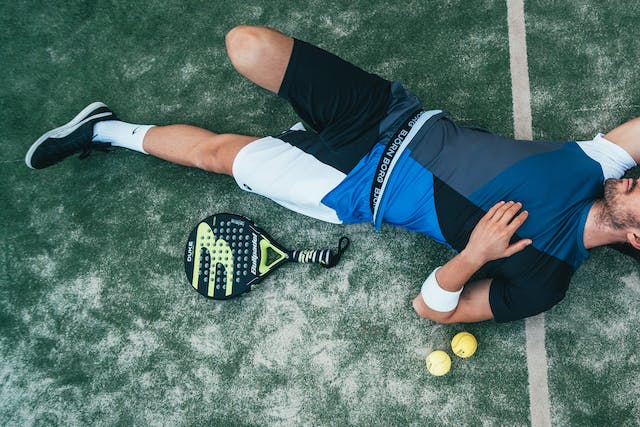Approximately 70% of teenagers and children quit organized sports by the age of 13, a revelation found in the recent report "Overuse Injuries, Overtraining, and Burnout in Young Athletes" by the American Academy of Pediatrics (AAP). Published in the journal Pediatrics on Jan. 22, the report highlights the surge in burnout and stress injuries among young athletes due to the increasing trend of participating in multiple teams simultaneously and year-round training. Pediatricians, such as Dr. James Barsi, emphasize the significance of recognizing and addressing burnout, stressing the need for awareness among parents and coaches.
A high school football quarterback from Long Island, New York, who also engages in travel baseball, observes burnout among peers, citing the pressure to excel and the constant need to train more. The AAP report, an update to a 2007 publication, attributes the high dropout rate in sports to overscheduling and excessive training. Whether specialized or multisport, the report notes that an absence of free play time or engagement in non-sport-related activities can impact a young athlete's well-being.
Dr. Andrew Watson, a co-author of the report, emphasizes that stress, while productive in moderation, becomes problematic when excessive, leading to burnout. The AAP defines overtraining as a decrease in performance due to an imbalance of training and recovery, often accompanied by persistent fatigue, impaired sleep, and mood alterations.
Dr. Kristin Hopkins, director of the Women's Sports Medicine Center at Stony Brook Medicine, warns that the absence of an off-season in today's sports landscape puts passionate young athletes at risk for burnout and injuries. Continuous play can lead to overuse injuries, a term that refers to repetitive stress without sufficient recovery time, resulting in cumulative micro-trauma to bones and soft tissues. Pediatric orthopedic surgeons, like Dr. Barsi, report an increasing epidemic of overuse injuries, including spine stress fractures in children and adolescents.
Recovery from such injuries typically requires rest, a challenging message to convey to young athletes feeling the pressure to perform. Dr. Barsi emphasizes the importance of a long-term perspective, urging parents and kids to incorporate rest days and stretching into their workout routines. He stresses the need to listen to the body, debunking the notion of "no pain, no gain."
Dr. Joel Brenner, one of the report's authors, underscores the motivational role of sports in keeping youth active but cautions against measuring success solely by performance. Practices like mindfulness and time away from sports could mitigate burnout and injuries, according to Dr. Brenner. Both Dr. Hopkins and Dr. Barsi recommend incorporating weight training and working with experienced trainers to prevent injuries. The AAP report includes specific recommendations for clinicians and families to promote healthy athletic participation, including pre-participation exams, skill development, and avoiding overtraining and overscheduling.













.jpg)

0 Comments